You’re standing at the edge of the Chobe River at dusk. The ground trembles.
Then you see them: a procession of grey giants stretching to the horizon, moving as they’ve moved for millennia. Over 100,000 elephants undertake this vast seasonal dispersal in southern Africa, and you get to watch it happen. Elephant safaris in Botswana can bring you into their environment to watch these iconic giants go about their ancient ways.
Following Ancient Paths
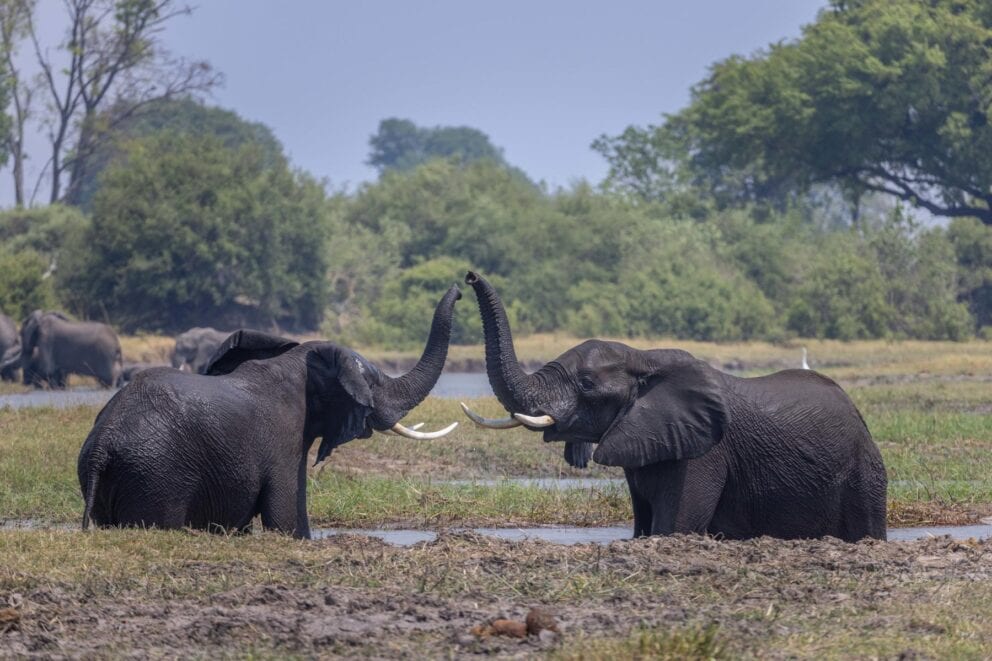
These safari elephants move between the Chobe River and the Okavango Delta each year as part of their complex dispersal patterns, covering 300 km in search of water and grazing. The matriarchs remember every waterhole, every safe crossing, every place their ancestors walked. They’re born with a map already drawn.
Watch them gather at the water’s edge in the hundreds. Families move as one, trunks entwined, the young sheltered between their elders.
You’ll see their intelligence up close: the low rumbles that carry across kilometres, the tenderness as they guide a calf to drink, and the way they pause to touch the bones of those who’ve gone before. If you’ve ever doubted that elephants grieve, remember things, love fiercely… well, you won’t doubt it here.
But these ancient corridors face modern pressures. Fences fragment their paths. Development encroaches. Poaching still casts its shadow.
That’s why an elephant safari in Botswana matters beyond the spectacle. Sustainable safari tours support the conservation work protecting these migration routes. You’re not just watching; you’re part of keeping this story alive.
The Zebras Have Entered the Chat
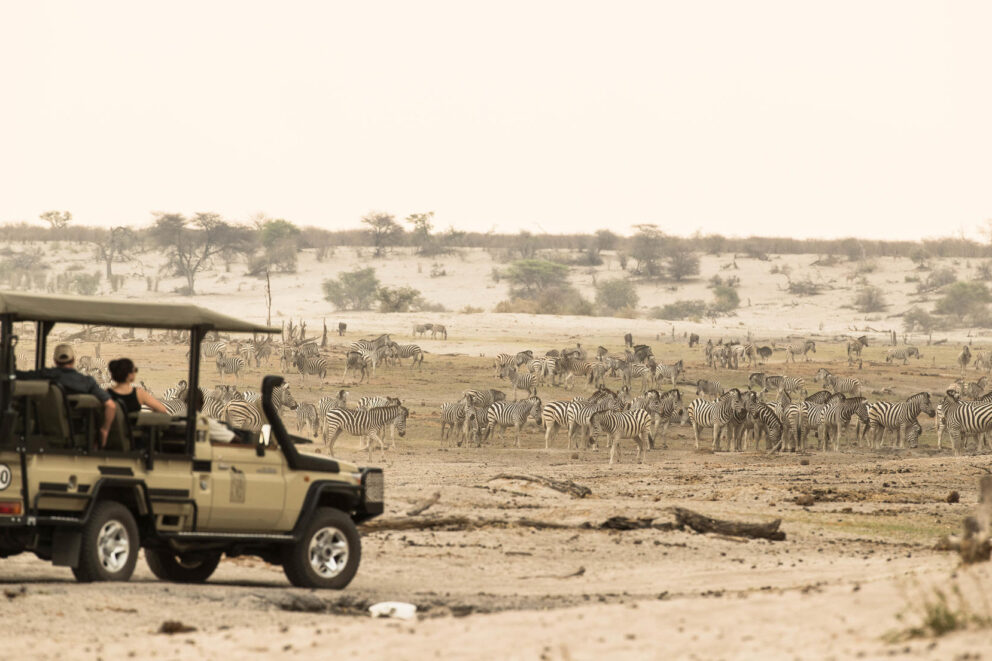
Then there’s Botswana’s other great journey: the zebra migration. Around 25,000 zebras travel over 1,000 km annually between the Makgadikgadi Pans and the Okavango Delta during a round trip. It’s one of the longest land migrations on Earth, and honestly, it’s underrated in the world of migration safaris.
Thousands of zebras galloping across open plains, their black-and-white forms rippling like a living current. They follow the rains, timing their movements to the first green flush of grass. Pure instinct, endurance, survival.
Here’s the thing: this migration only resumed in recent decades after fences came down and hunting bans took hold. The zebras reclaimed what was always theirs. Now, protecting that freedom is something we’re passionate about, creating and organising sustainable migration safari tours in Botswana.
Who Else You’ll Meet
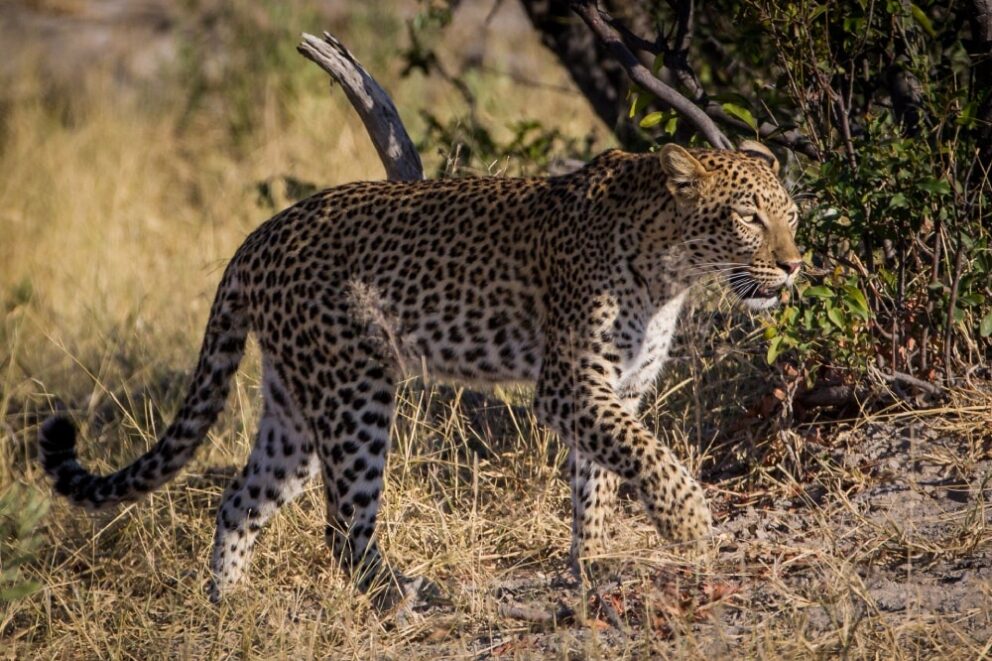
An elephant safari in Africa, particularly in Botswana, can bring you face to face with the full cast.
Lions lounging in the shade, looking deceptively lazy until they’re not. Leopards moving like shadows through mopane woodland. Wild dogs hunting in packs so coordinated it puts most human teams to shame. Hippos bellowing from the delta channels, sounding perpetually annoyed. Crocodiles sliding silently into the water, patiently waiting for a herbivore to put a hoof wrong.
You might catch a glimpse of a cheetah mid-sprint. Watch a giraffe fold itself down to drink, all awkward geometry with a surprising touch of grace. Hundreds of bird species colour the skies, from fish eagles to carmine bee-eaters that look like they’ve been dipped in sunset.
Every season brings something different.
When to Come
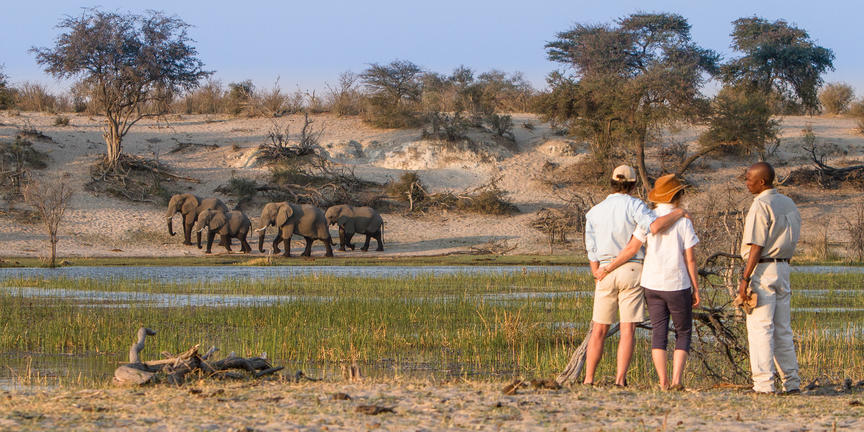
The dry season (May to October) is when animals gather around rivers and waterholes. The bush is open, sightlines are clear, and wildlife concentrates where water remains. You’ll find elephants in Africa at their most visible: herds numbering in the hundreds, sometimes thousands.
The wet season (November to April) transforms everything. Newborns take their first wobbly steps. Migratory birds arrive in waves. The plains turn emerald. Some species are here year-round, so there’s never really a wrong time.
We’ve been guiding elephant safaris in Botswana for over a decade, and we still get asked: “When’s best?” Honestly? When you can come. Each season has its magic.
How You’ll Experience It
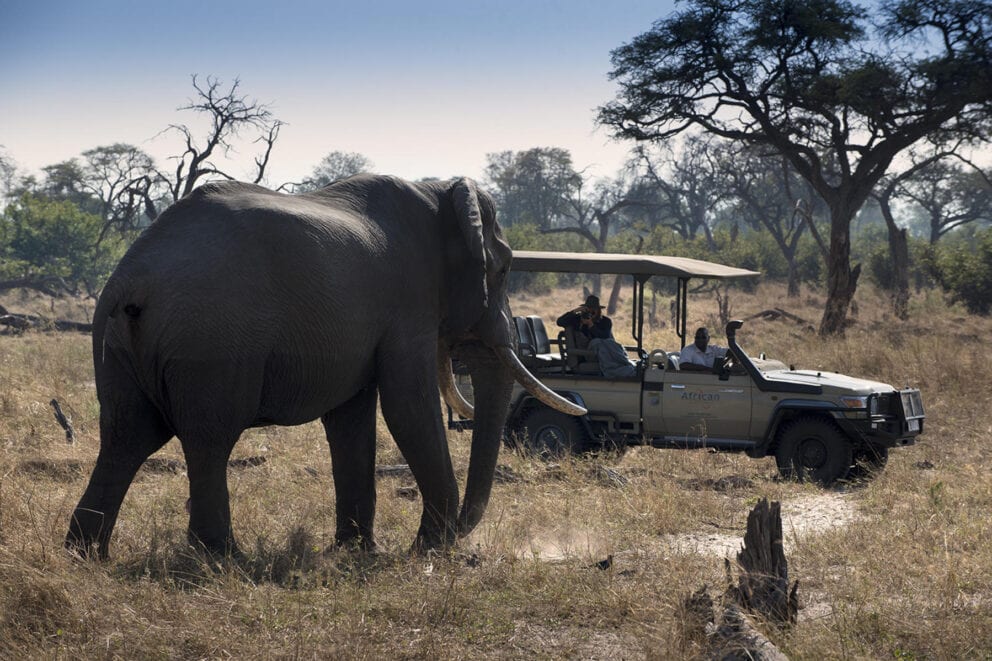
Game drives at dawn, when the light turns golden and a safari elephant sighting crosses your path just metres away.
Boat safaris glide through papyrus-lined channels, bringing you eye-level with drinking herds. There’s something profound about being on the water when elephants come down to bathe. You’re in their world, not the other way around.
Walking safaris where you track prints in the sand and your guide points out the small things: dung beetles rolling their improbable loads, the scrape marks where a leopard sharpened its claws, and the particular way grass bends when something heavy passed through.
Every option brings you somewhere extraordinary.
Why This Place Works
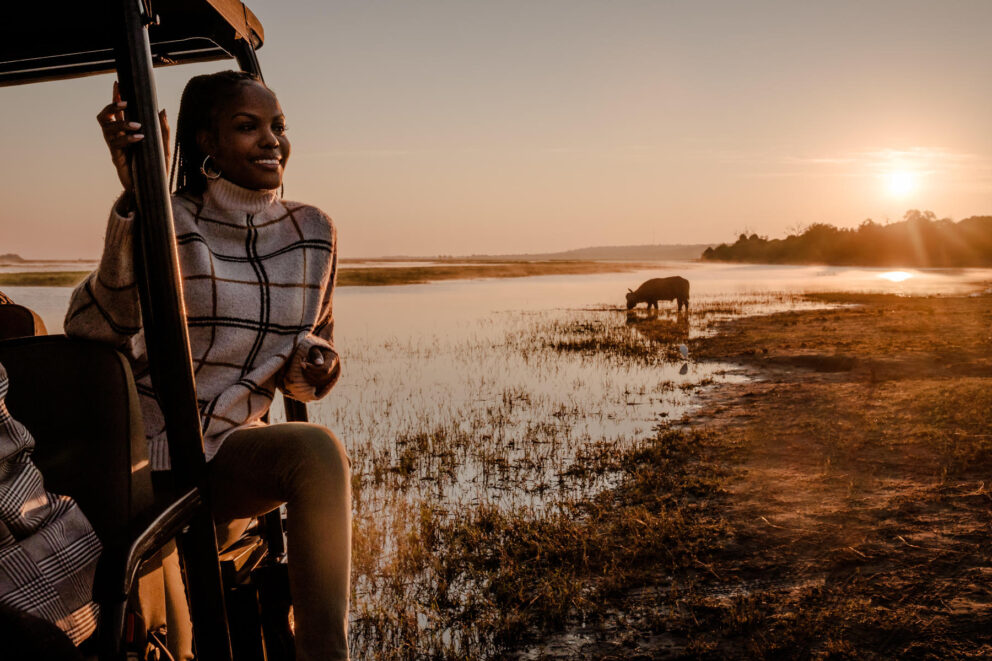
Over a quarter of Botswana is protected. The government’s approach (low-volume, high-value tourism) means fewer vehicles, smaller camps, and less impact. Your visit funds conservation directly and supports communities living alongside these animals.
Discover Africa safari experts are based in Africa and have walked these paths. We’ve worked with the lodges we recommend for years and know the guides by name. When we say an elephant safari in Botswana is special, we know it’s true because we’ve experienced it for ourselves.
What It Actually Feels Like
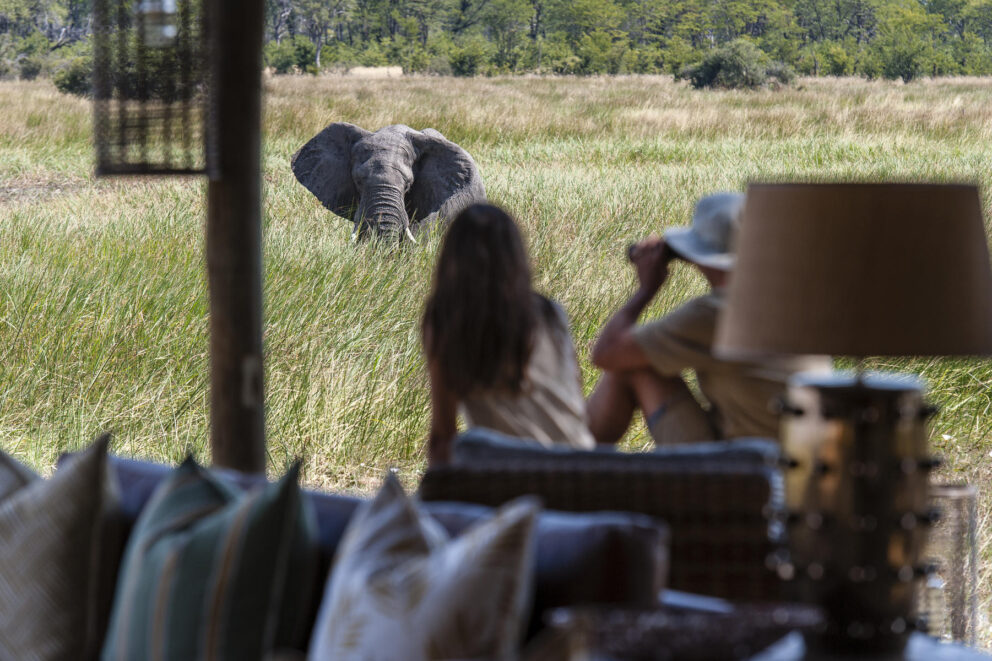
Elephant safaris in Botswana stay with you.
It’s watching from the outskirts as herds, part of this ancient migration, walk past, and feeling time collapse completely. Watching an elephant in Africa touch trunks with its young and knowing you’re witnessing something sacred. Falling asleep to lion calls. Waking to a sky so full of stars you lose count.
It’s the quiet moments too: morning coffee while a herd drinks across the river, the guide’s low voice explaining tracks, and the way light catches dust as the sun sets.
Botswana invites you into a story millions of years in the making. Every elephant you encounter, every zebra crossing the plains, reminds you that these places are magical.
They’re just waiting for you to step into them.
Start Planning Your Safari
Ready to witness the elephant migration for yourself? We’re here to help you craft a journey that matches how you want to experience Botswana, whether that’s from a boat on the Chobe, a hide in the Okavango, or on foot with a tracker who knows every print in the sand.






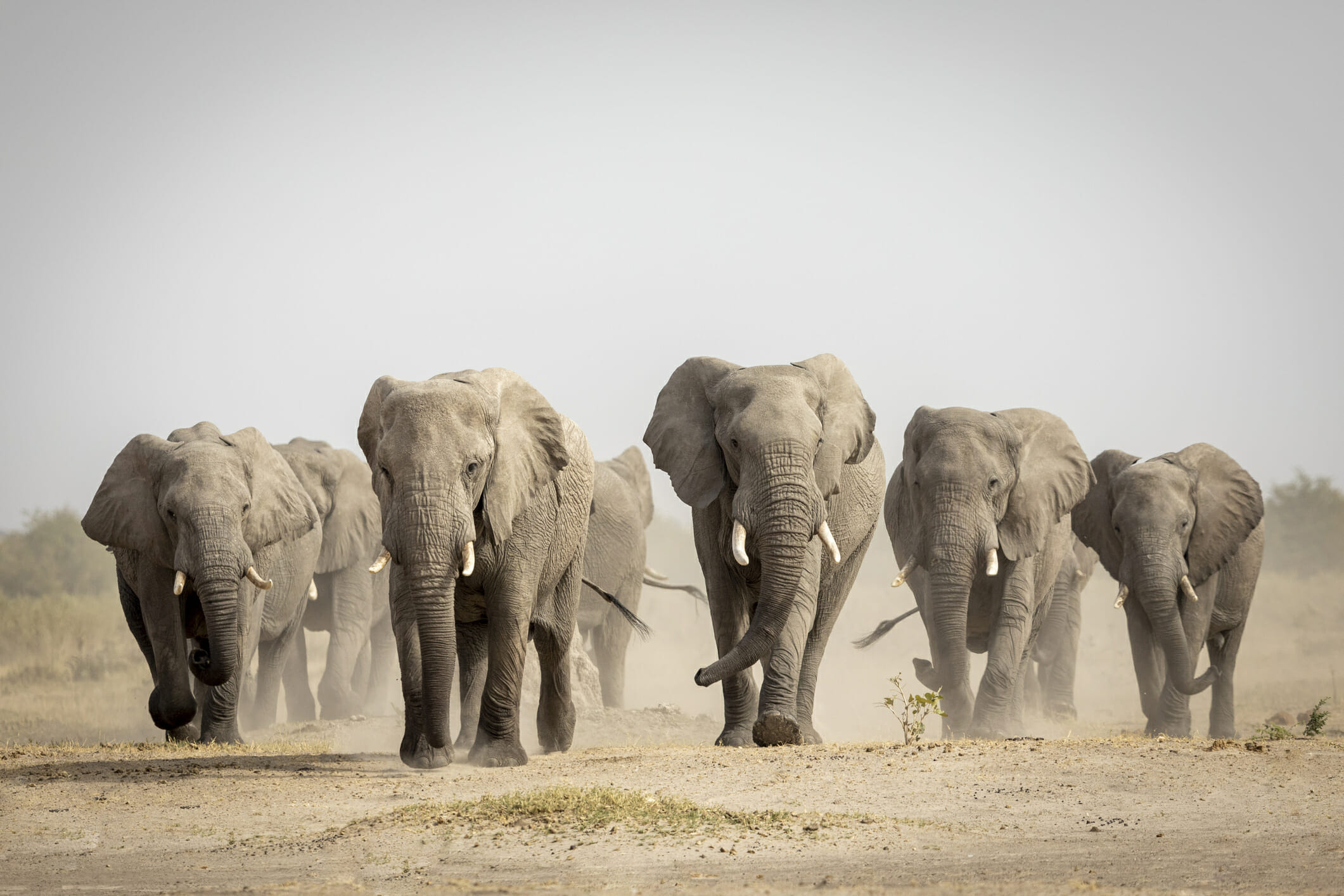
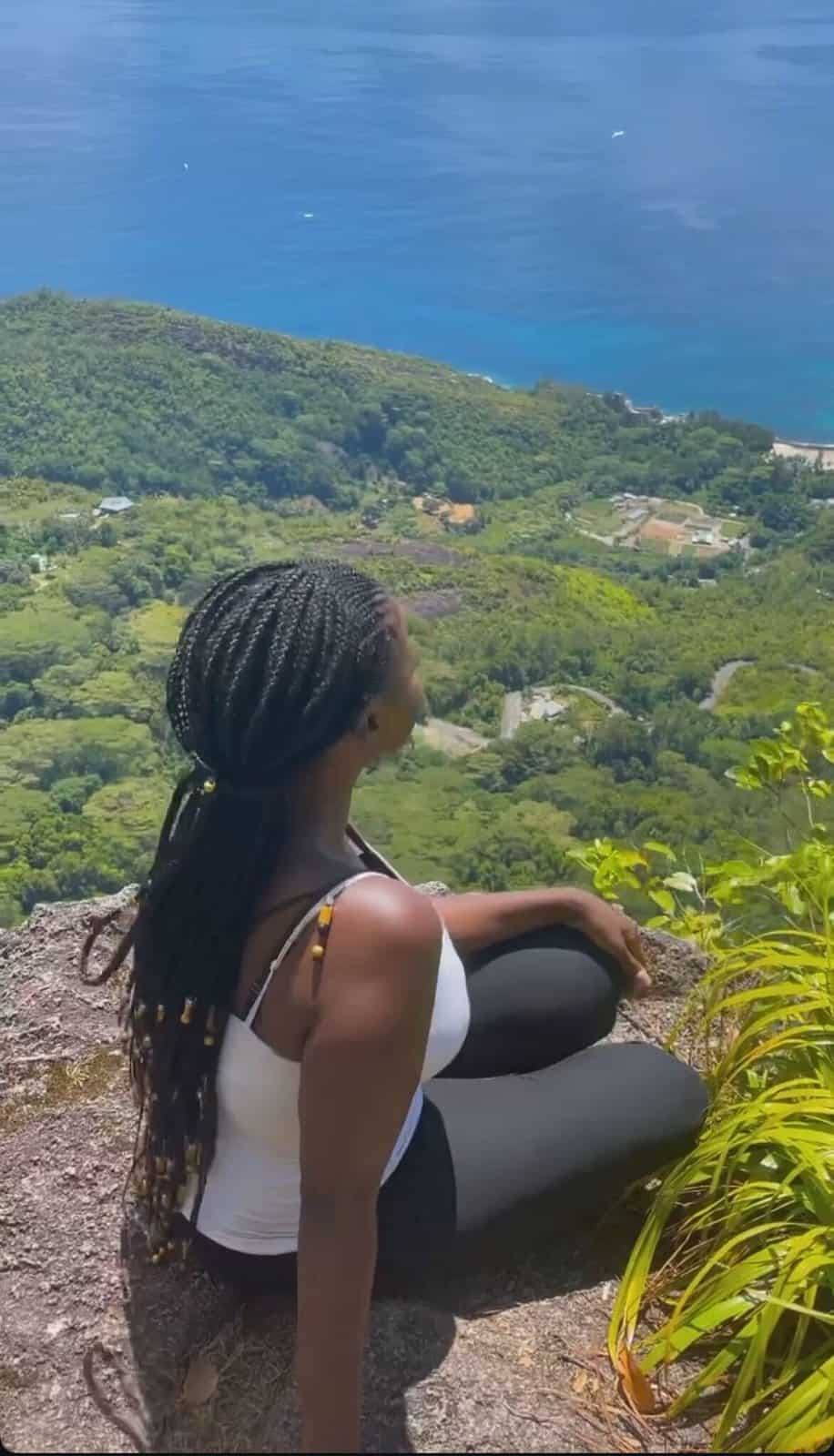
 Blog List
Blog List

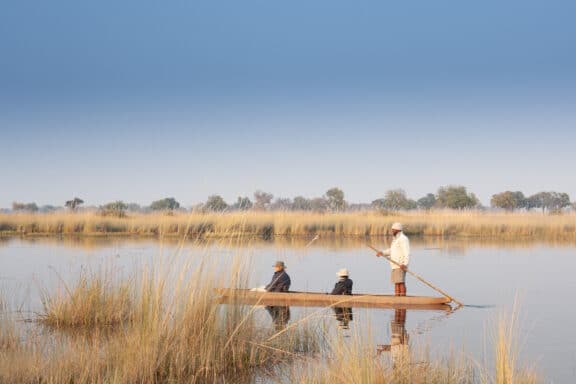
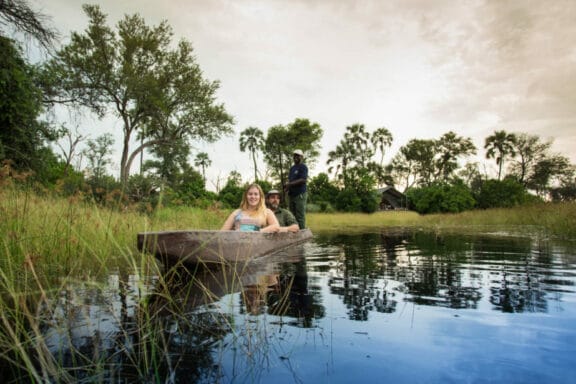
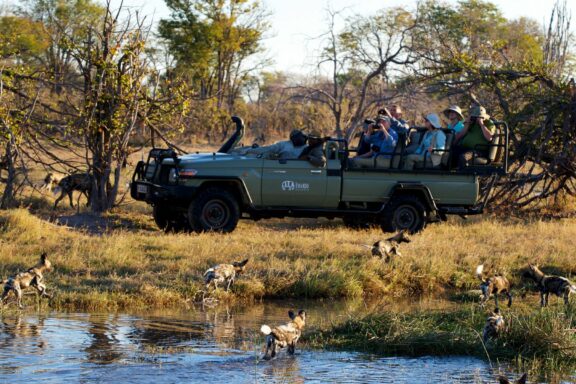
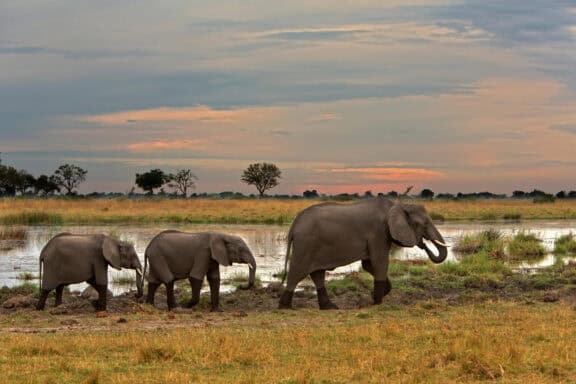

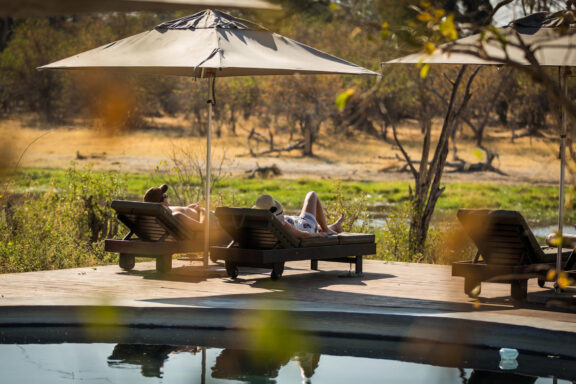
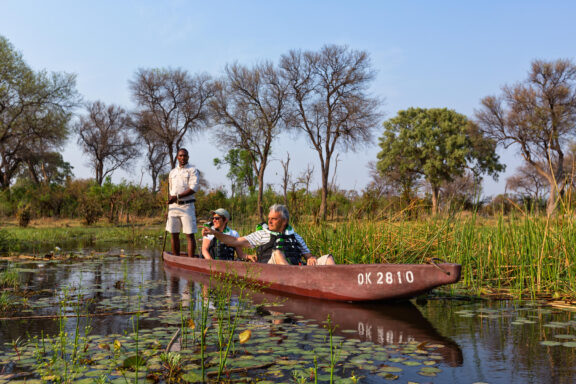
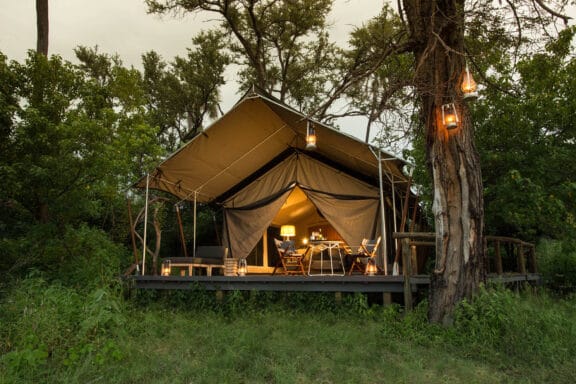
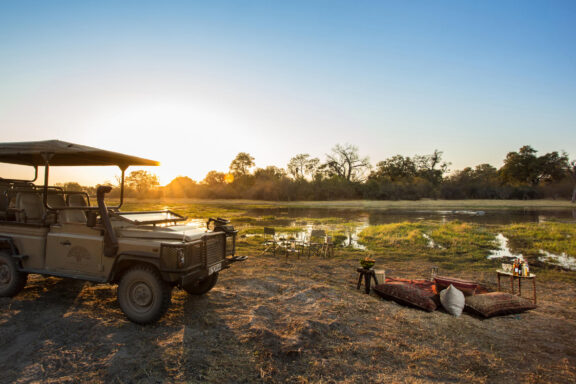
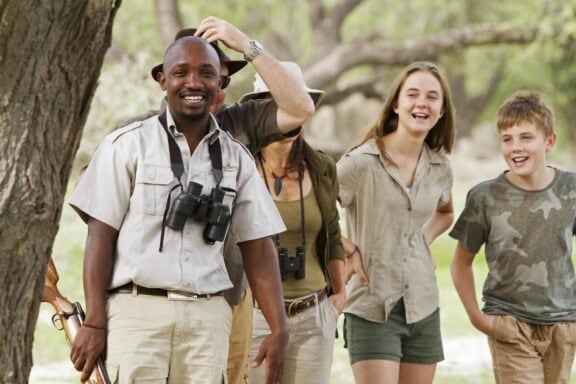
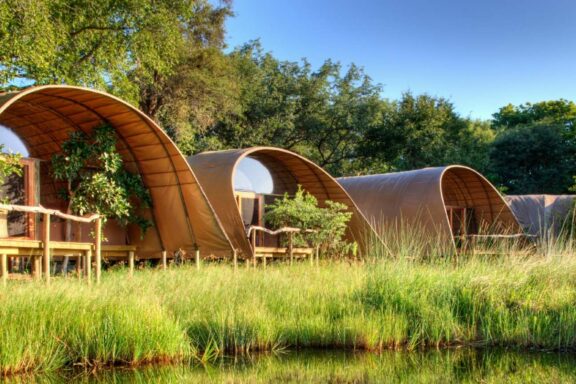
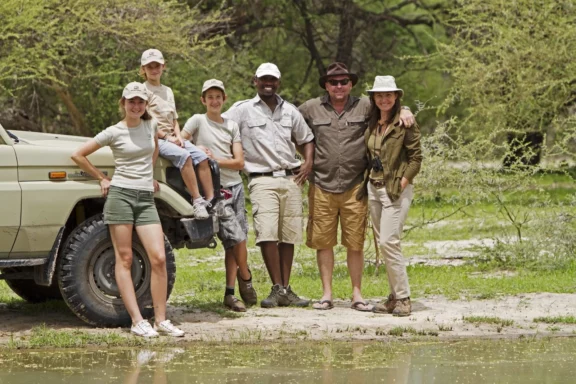
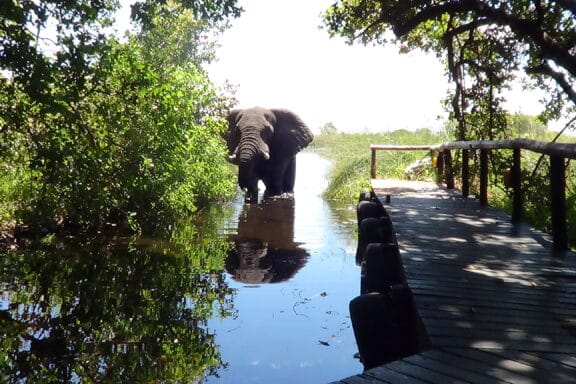








Written by Yamkela Welaphi
• Travel Writer
Part of the Botswana Safari Collection